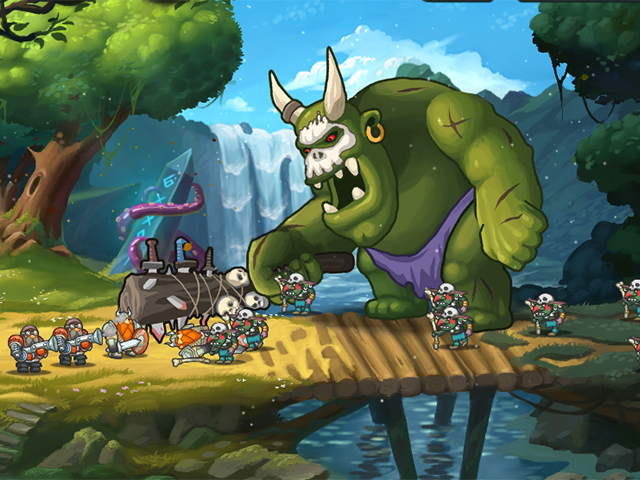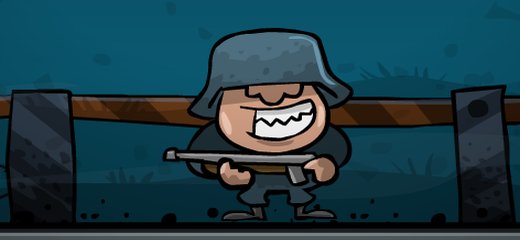

WebGL supports anti-aliasing on most (but not on all) combinations of browsers and GPUs. However, it does not have access to the fonts installed on the user’s machine, so any fonts used must be included in the project folder (including any fallback fonts for international characters, or bold/italic versions of fonts), and set up as fallback font names. Unity WebGL supports dynamic font rendering like all Unity platforms. for loops which don’t match those criteria and while loops are not allowed.
Unity webgl rush team update#
The only type of loops which are allowed are counting for loops, where the initializer initializes a variable to a constant, the update adds a constant to or subtracts a constant from the variable, and the continuation test compares the variable to a constant. More info See in Glossary, which can be indexed using any expression.Īlso, restrictions apply on control structures. The only exception is for uniform access in vertex shaders A program that runs on each vertex of a 3D model when the model is being rendered.

Specifically, WebGL has restriction on which values can be used to index arrays or matrices: WebGL only allows dynamic indexing with constant expressions, loop indices or a combination. This is mostly relevant when you write your own shaders. More info See in Glossary code, which are more restrictive than many OpenGL ES 2.0 implementations. The WebGL 1.0 specification imposes some limitations on GLSLS shader A program that runs on the GPU. For video playback, use the URL option in the VideoPlayer component and place the asset in the StreamingAssets/ directory to use the built-in network streaming of your browser.
Unity webgl rush team download#
On the WebGL platform, video clips aren’t imported to the Unity project using VideoClipImporter, as it would increase initial asset data download sizes and prevent network streaming. This can decrease the quality of rendering performance when using linear rendering, due to runtime decompression of all the DXT textures. Some web browsers don’t support sRGB DXT texture compression. To build a WebGL player using linear color space rendering, you need to remove WebGL 1.0 API in the Player settings, open the Other Settings panel, disable the Automatic Graphics API setting. Linear color space rendering doesn’t have fallback support for WebGL 1.0. Unity WebGL only supports linear color space rendering with WebGL 2.0.

Lightmaps are overlaid on top of scene geometry to create the effect of lighting. Furthermore, only Non-Directional lightmaps A pre-rendered texture that contains the effects of light sources on static objects in the scene. See in Glossary is not currently supported in WebGL. Enlighten Realtime Global Illumination A group of techniques that model both direct and indirect lighting to provide realistic lighting results. Lights themselves are also treated differently by Forward Rendering, depending on their settings and intensity.

On WebGL1.0, Unity WebGL runtime will fallback to Forward Rendering A rendering path that renders each object in one or more passes, depending on lights that affect the object. Unity WebGL only supports Deferred Rendering Path if WebGL2.0 is available. To do this, set webglContextAttributes.preserveDrawingBuffer to true in your WebGL template: script.onload = () => However, you can change this behaviour at instantiation time. This means on Unity WebGL, the content of the frame buffer clears regardless of the Camera.clearFlags setting. The default WebGL behaviour is to clear the drawing buffer after each frame. WebGL 1.0 roughly matches OpenGL ES 2.0 functionality, and WebGL 2.0 roughly matches OpenGL ES 3.0 functionality. More info See in Glossary is an API for rendering graphics in web browsers, which is based on the functionality of the OpenGL ES graphics library. The Unity WebGL build option allows Unity to publish content as JavaScript programs which use HTML5 technologies and the WebGL rendering API to run Unity content in a web browser. WebGL A JavaScript API that renders 2D and 3D graphics in a web browser.


 0 kommentar(er)
0 kommentar(er)
